Juncker's Plan - Last Chance to Revive Europe
Adelina Marini, January 21, 2015
 "In the euro area, growth in the third quarter of 2014 was modestly weaker than expected, largely on account of weak investment, and inflation and inflation expectations continued to decline", is written in the updated world economic outlook of the IMF, published on 20 January. This sentence reveals not only the well known fact that in the euro area (which is true for the entire EU) there is no appetite for investment, but also that the Economic and Monetary Union is being assessed and predicted as a whole, while within it work is being done on a piecemeal basis (on national level). And although in the past years, as a result of the reform of the economic governance done in response to the euro area debt crisis, some supra-nationality has been introduced in terms of economic policy, in fact, the main work has remained on national level. On EU level only monitoring takes place and control over the adherence to the agreed supranational rules and on national level is done everything else - implementation, investments, tackling the unemployment, etc.
"In the euro area, growth in the third quarter of 2014 was modestly weaker than expected, largely on account of weak investment, and inflation and inflation expectations continued to decline", is written in the updated world economic outlook of the IMF, published on 20 January. This sentence reveals not only the well known fact that in the euro area (which is true for the entire EU) there is no appetite for investment, but also that the Economic and Monetary Union is being assessed and predicted as a whole, while within it work is being done on a piecemeal basis (on national level). And although in the past years, as a result of the reform of the economic governance done in response to the euro area debt crisis, some supra-nationality has been introduced in terms of economic policy, in fact, the main work has remained on national level. On EU level only monitoring takes place and control over the adherence to the agreed supranational rules and on national level is done everything else - implementation, investments, tackling the unemployment, etc.
The only supranational tool for investments which the EU has used is the common long-term EU budget - in essence work again is done on national level only. There are operational programmes for each member state under which are funded projects in areas identified by the member states (but approved by the Commission). The main goal of the multiannual financial framework of the EU, as the official name of the EU budget goes, is to help the economic convergence between the rich and the poor member states. A task the success of which is debatable. That is why, the EU needed something that can work on supranational level but in the same time will have benefits on national level as well. And the new president of the European Commission proposed the investment plan. In November last year, Mr Juncker presented only the backbone of the idea, as euinside wrote in detail.
Last week, however, again during a plenary session of the European Parliament but at a separate news conference, Juncker's deputies presented the overall legislative proposal which will be a regulation. Before the details around its structure and how will the investment fund work it is important to note that under the plan will be funded projects that are in line with the main policies of the EU, most of all the growth strategy Europe 2020. This means projects for development of the transport, energy and digital infrastructure; investments in education, health care, research and development; expansion of the renewable energy and energy efficiency. The plan is trying to hit two rabbits with a single shot - to fill with content and sense a strategy that has been going along the same path as its predecessor - the Lisbon Strategy - toward a certain failure - and to boost the real economy.
And as the first reactions of the member states already show that they are mixing the goals of the EU budget with those of the investment plan, in the draft regulation there are two bad news for Bulgaria and all the others who share its views. The first is that it will not be possible to directly use the structural funds for contributions to the capital of the proposed investment fund (EFSI). During the December EU summit in Brussels, Bulgaria's PM Boyko Borissov announced such an intention. Responding to a question by euinside whether Bulgaria would participate with its own capital in the fund, he said that as the country would not be able to absorb 100% of the allocated EU funds it will donate the remainder. This, however, according to the Commission, will not be possible directly because the fund will not be eligible for EU funds. But this can happen indirectly. According to the rules of the EU budget, the unabsorbed money is returned to the budget and then are returned to the member states. Then, they can, if they want, to put them in the investment fund. This will be a purely national contribution, though, not a remainder of the unabsorbed EU funds.
The second bad news is related to the Bulgarian position on the draft regulation on the investment fund. On its meeting on 19 January the Council of EU Affairs with the government of Bulgaria adopted a position, according to which there must be a geographical criterion for the approval of projects that will be financed by the fund, which is explicitly rejected in the draft regulation. According to the Bulgaria view, the problem is that the peripheral situation of some regions puts them into an unfavourable position with respect to others in terms of investment attractiveness. With the introduction of a geographical criterion Bulgaria believes that the attractiveness of these regions will be levelled up. Sofia also believes that it is very important the approval of projects to take into account the goals for economic cohesion and convergence. "With all other conditions equal, the investments in poorer regions have the potential to generate higher added value", the position of the Council of EU Affairs reads.
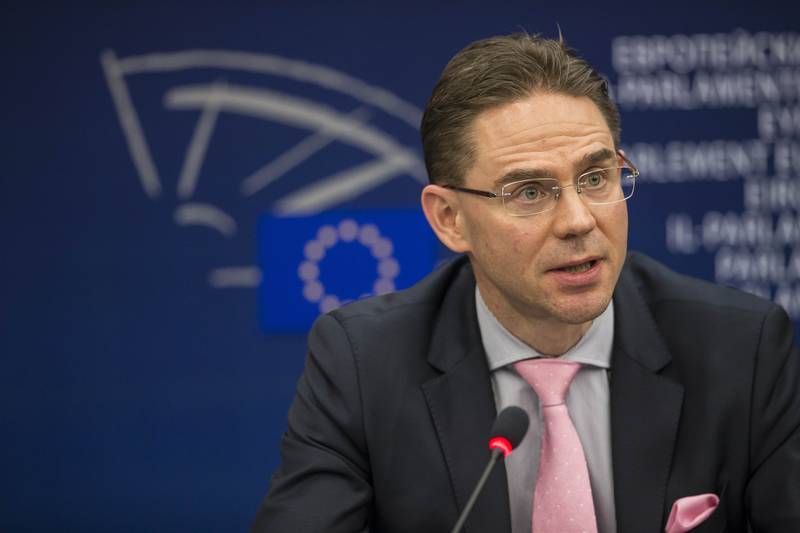 But the European Commission responds to this saying that the member states are encouraged to continue to use the structural funds for regional and local projects which will contribute to the social and economic convergence. "EFSI will not have funds earmarked for certain sectors or regions. However, as mentioned, viability criteria will differ depending on the sector and societal return which will be taken into account in this context". The criteria for selection are still not ready. They will be created together with investment guidelines for approval of projects when the fund is established.
But the European Commission responds to this saying that the member states are encouraged to continue to use the structural funds for regional and local projects which will contribute to the social and economic convergence. "EFSI will not have funds earmarked for certain sectors or regions. However, as mentioned, viability criteria will differ depending on the sector and societal return which will be taken into account in this context". The criteria for selection are still not ready. They will be created together with investment guidelines for approval of projects when the fund is established.
An almost independent fund
The fund will consist of a steering board which will take all the decisions on the overall direction, the investment guidelines, the risk profile, strategic policies and the distribution of assets of the fund. This, however, has to be in line with the European Commission's political guidelines. In the very beginning, the only founders of the fund will be the European Investment Bank (EIB) and the Commission which is why the number of members and the votes will be defined on the basis of the size of their contributions and the decisions will be taken via consensus. When other contributors appear their votes will be proportionate to their contributions and the decisions will be taken via simple majority if there is no consensus. A small detail is that no decision can pass if the Commission or the EIB vote against it. This means that their votes, as founders of the fund, will have greater weight than the others.
Jyrki Katainen, the Commission vice president responsible for investments, said that it is possible non-EU institutions to join the fund, like for instance sovereign funds from China or the Gulf or elsewhere, but if their contribution is bigger than the 8 billion euros the Commission has joined in with, then a decision must be taken on their representation in the fund. As it became clear at the presentation of the initial idea, the EU, through its budget, will contribute 8 bullion euros which will not be withdrawn at once from the budget but will be gradually collected by 2020. It is envisaged this year, for example, to be made an amendment to the 2015 budget to allow the transfer of 1.36 billion euros in commitments and 10 million in cash.
Apart from a steering board, the fund will also have an investment committee which will report to the steering board. Its role will be to outline specific projects and to decide which should be supported by the EFSI without any geographical or sectoral quotas. The committee will consist of six independent market experts and a managing director who will be responsible for the day-to-day management of the fund. He and his deputy will be appointed by the steering board upon a joint proposal by the Commission and the EIB. The projects will be collected in a special "pipeline", as it is called in Brussels. And although the fund is not yet established, the pipeline is already filling up. In the beginning of December a report was published by the investment taskforce which has identified over 2000 projects worth 1.3 trillion euros. These projects were filed by the member states independently and the fact that they are in the pipeline does not mean they will be financed. The collection of projects is only the first 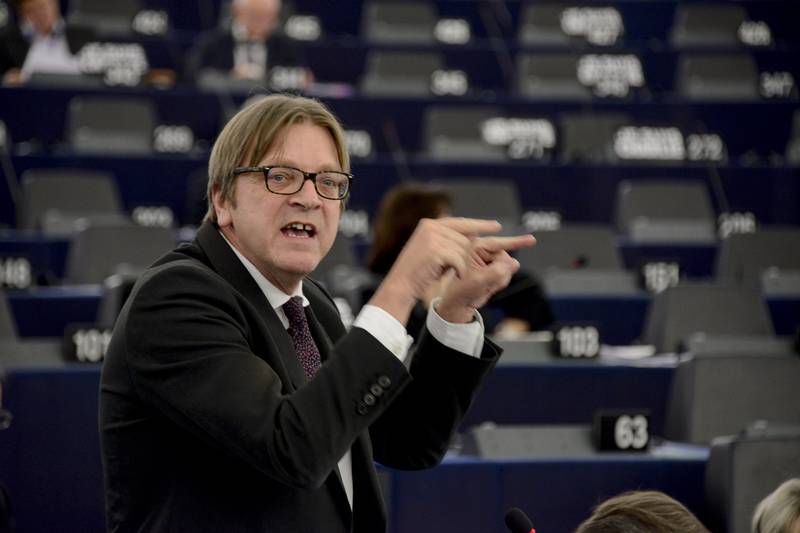 phase. Afterwards, they will be selected following the criteria the steering board will write. The Commission reassured that the selection of projects will not be politically motivated.
phase. Afterwards, they will be selected following the criteria the steering board will write. The Commission reassured that the selection of projects will not be politically motivated.
From the review of the filed projects it becomes clear that every member state is pulling the rig toward itself. President Jean-Claude Juncker made it clear that the fund will only invest in projects that make sense. There will be no investments in new cathedrals or new tunnels that lead across mountains which can be crossed anyway, Mr Juncker underscored. "We do not want to invest in projects simply for the sake of doing projects but because they make sense", he added. The message is that if you want to build fountains or entertainment parks in abandoned areas you can do it with national funding or waste the EU funds for that. "We must counter the impression that we have no other ideas than promoting the nuclear industry and investing in nuclear power plants. That’s not the Commission's intention. The national energy mix is a matter for Member States and not for the Commission in any case", the European Commission chief stressed. Bulgaria, as a matter of fact, has not filed a single project related to nuclear energy, although the issue has dominated the political debate for years, but Poland has.
Another important message of the Commission is that the main mission of the fund is to boost investments not to hand money out. That is why, it is important to recall again that this is going to be a guarantee fund not a money-box. It will support with guarantees high risk projects in countries where jobs creation and growth is most needed, Mr Katainen explained during the presentation of the draft regulation.
How can the member states contribute?
Directly through contributions to the fund, thus "buying" a say in the decision-making of the fund. The Commission appealed in the very beginning to the member states to get involved and in order to attract them it even offered a sweetener - their contributions will not to be taken into account when the budget deficit or the public debt is calculated. Another form of contribution is through the national promotion banks which can get involved through special co-investment platforms. These platforms are envisaged for the private sector as well. Jyrki Katainen said that pension of infrastructure funds are also welcomed but he sees their contribution rather on the level of co-financing of projects. The initial idea of the Commission was through the guarantees of the EU and the EIB capital in the next three years to be achieved an investment effect worth 315 billion euros. If more players join in this will mean a bigger investment effect.
The biggest problem for investments, however, continues to be regulatory burden in many of the member states. That is why, Jyrki Katainen does not stop reminding that in order for the plan to work, the single market needs to be deepened in various areas. They are well known - the energy market, digital market and labour market. These are all areas where there is some supranational legislation but it has national dimension. Whatever is done at EU level it has to echo in the member states as well. Otherwise, the plan will not be successful and the investors know that very well.
So, if the member states decide to join in they can do that by doing structural reforms. This will be a much greater contribution than directly paying cash to the fund for projects that can fail after clashing with huge regulatory burden, administrative impediments, slow or dependent judiciary, unfair labour market that tolerates certain groups on the back of others or a closed labour market, lack of qualified or skillful labour force or corrupt local authorities. In order to facilitate the member states but also the investors, the Commission also presented a map of the member states with recommendations where 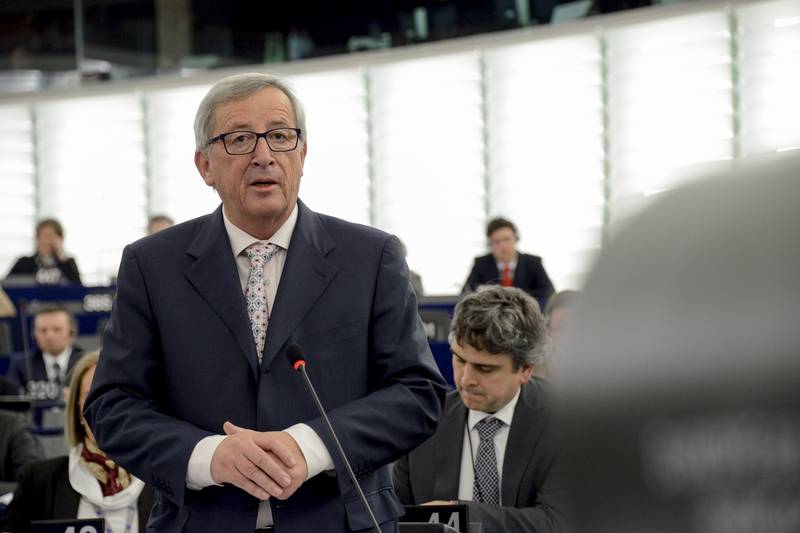 and what it is best to invest in. This map also clearly shows where the problems of the member states are.
and what it is best to invest in. This map also clearly shows where the problems of the member states are.
Juncker's plan is a last chance to revive Europe. If it fails, this will also be the end of the EU as a purpot because it will show that it is nothing more than the sum of its member states. Then the IMF will have to start making forecasts for the individual member states not for the whole community to avoid delusion. In this sense, the most meaningful thing said during a debate in the European Parliament last week on the issue was by Guy Verhofstadt, the leader of the liberal group. According to him, the investment plan should not be called the Juncker's Plan. "The Juncker Plan has to become the Tusk Plan, the Renzi Plan, the Rutte Plan, the Merkel Plan. If we are to exit this crisis, we need much more commitment and a more united Europe".
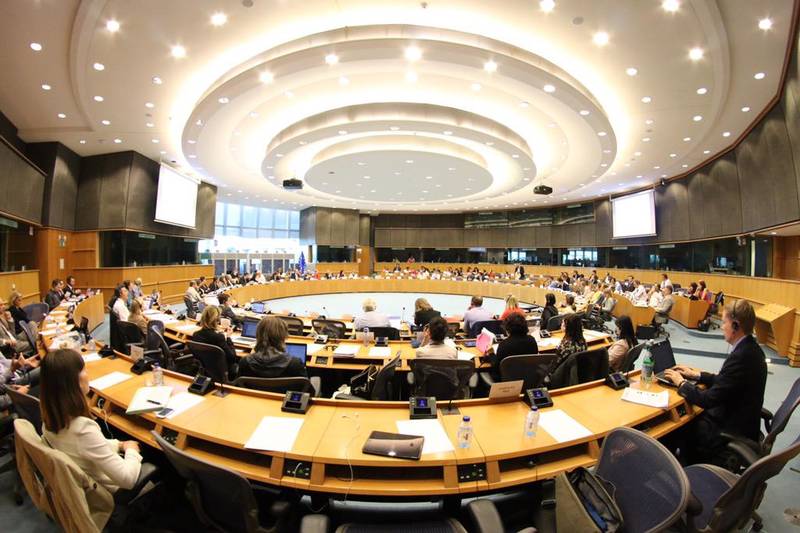 | © European Commission
| © European Commission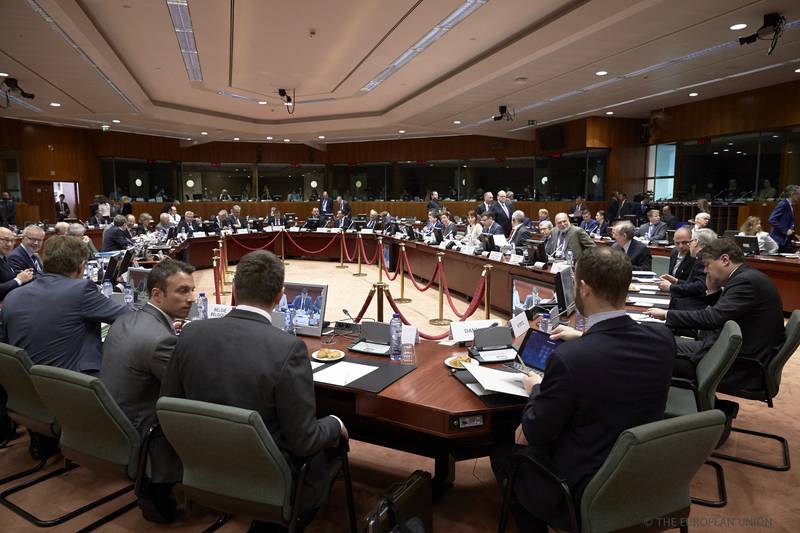 | © Council of the EU
| © Council of the EU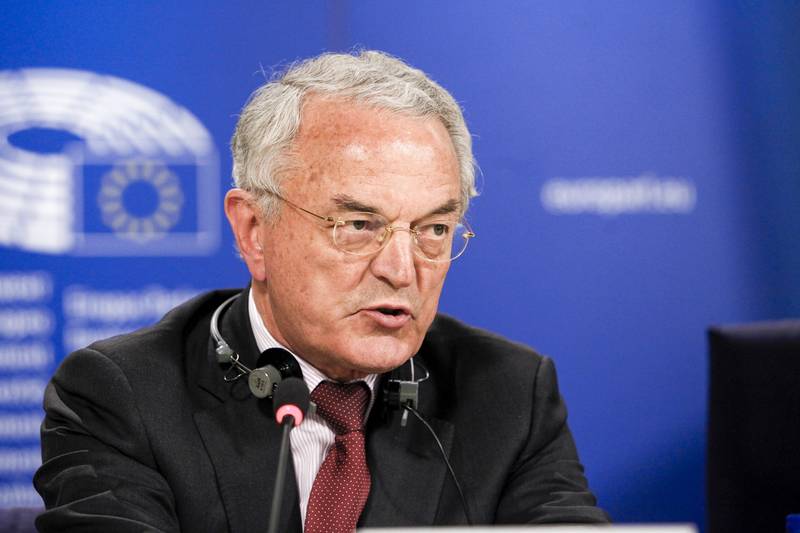 Jean Arthuis | © European Parliament
Jean Arthuis | © European Parliament